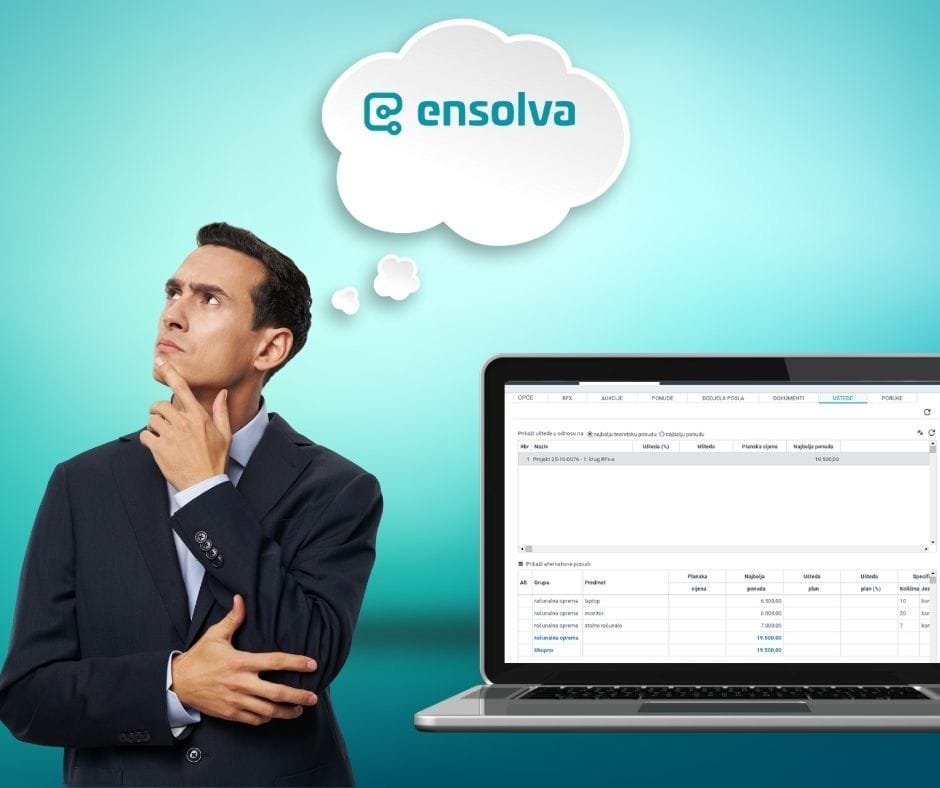We know that procurement is not just a ‘simple purchase’ for a company, that’s why we divide it into different categories that include different types of resources and services. The two main categories of procurement are direct procurement and indirect procurement. These two categories are different in terms of the products or services they encompass, as well as in the way they affect business.
Both approaches have their advantages and challenges, but the question that is often asked is – which is more important? In this blog, we will explore the main differences between these two types of procurement and answer the question of which of them should be considered a priority and whether it should be considered at all. Before you decide how to allocate your resources, check how you can best use them to achieve your business goals.
Direct Procurement – Focus on Production
Direct procurement refers to the process of procurement of materials, components and resources that are directly involved in production. These are usually resources such as raw materials, semi-finished products, components and equipment. For example, for a car manufacturer, direct procurement covers everything from steel and tires to the electronic components used to build the vehicle. In addition to ensuring the availability of required materials, direct procurement also plays an important role in maintaining product quality. Also, the efficiency of direct procurement directly affects the speed of production, which ultimately has a great impact on customer satisfaction and business success.
Indirect Procurement – Support for Operations
Indirect procurement includes the procurement of products and services that are not directly related to the production process, but serve to support the general day-to-day operations of the company. This includes things like office supplies, IT equipment, marketing services, travel arrangements, cleaning, maintenance, and many others. Indirect procurement focuses on ensuring that the company, i.e. the employees, have everything they need for smooth operation and business. Given the variety of needs that fall under indirect procurement, managing this category can be challenging. The costs and requirements for these products and services can vary widely, so companies often have to work with different suppliers and balance different needs within the organization.
What are the most important differences between direct and indirect procurement?
The basic difference between direct and indirect procurement is the subject of procurement. Direct procurement is focused on resources that are directly related to production, while indirect procurement is related to resources that support general business activities. Another important difference is the impact they have on production. Direct procurement has a direct impact on the quality and efficiency of production, indirect impact on the efficiency of general business operations and employee support.
Then they differ in the specifics of the products or services. The products and services of direct procurement are often specific to the industry and the production process, while those of indirect procurement are usually of a general type and can be used in different industries. Also, indirect procurement costs can be more demanding to manage because they include different types of products and services used in different parts of the company.
Managing both of these procurement categories requires careful planning, collaboration with suppliers, and adaptability to ensure an optimal balance between meeting production needs and supporting overall business operations.
Is Indirect Procurement as Valuable as Direct Procurement?
Some experts believe that cost is cost, regardless of whether it comes from direct procurement or indirect procurement, while others argue that direct procurement is more important than indirect procurement. Their argument is based on the rational explanation that without a successful product/service, spending on indirect procurement serves no purpose. There needs to be a certain degree of balance between direct and indirect procurement. All business entities have a certain degree of indirect procurement built into their business models – whether it’s service-based or product-based. As an analogy, if direct procurement is a car, indirect procurement is the fuel that keeps the car running. So, to answer the question, both direct and indirect procurement complement each other. Neither type of procurement is optional anymore.
It is important to understand what differentiates indirect procurement from direct procurement – it shows us why it is time to invest organizations’ resources towards identifying the challenges and adopting best practices to manage the phenomenon that is indirect procurement. It can clearly not be ignored, especially if you want to compete in the current global as well as local scenario. It goes without saying that enterprises still need to focus on their direct procurement processes and continue their path of optimizing the same. The need of the hour is to get indirect procurement on the path as well.



